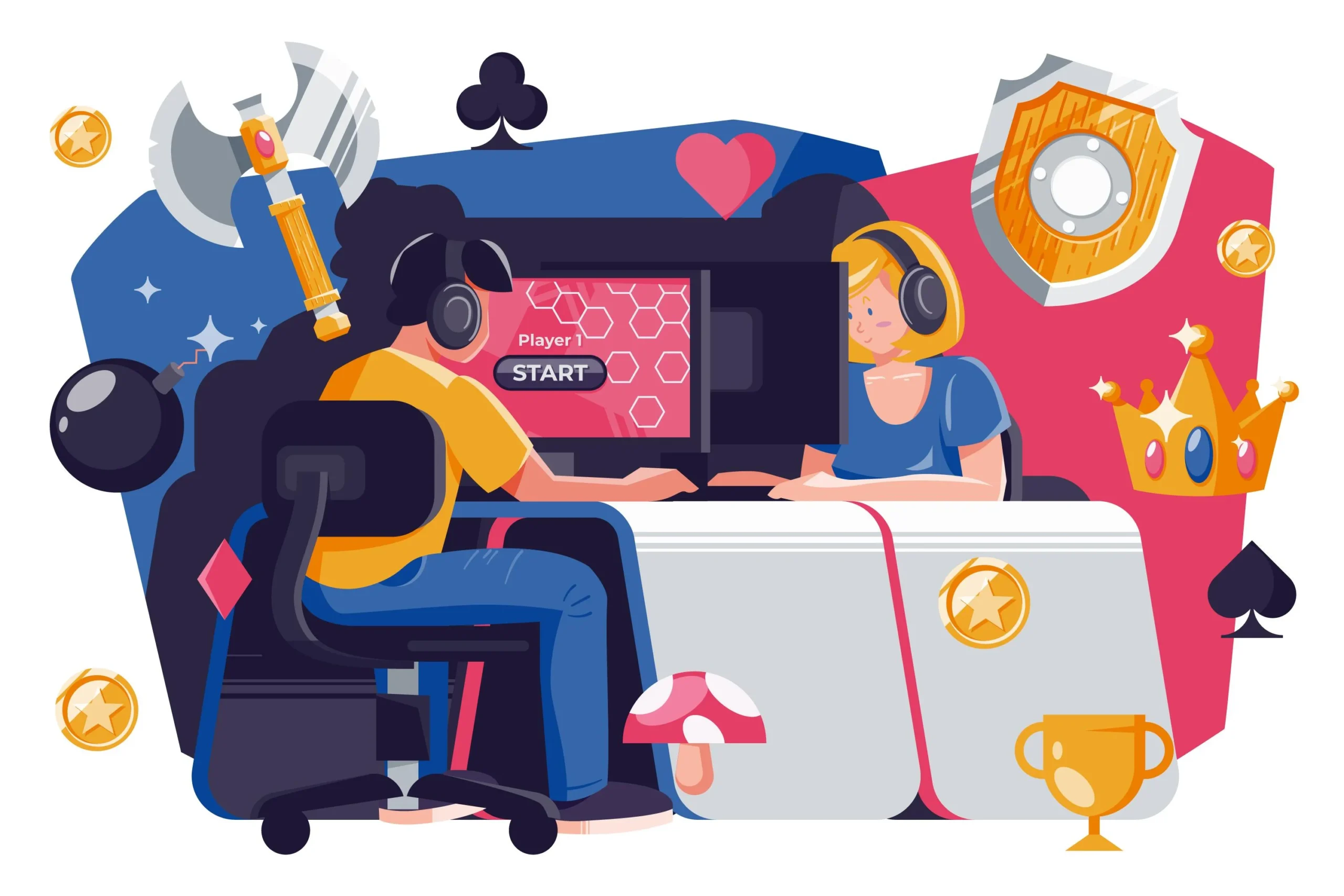Introduction
Creating a video game is a complex but rewarding process that combines creativity, technology, and problem-solving skills. Whether you’re an aspiring game developer or a hobbyist with a passion for gaming, understanding the steps involved in game creation can help you turn your ideas into reality. This guide will walk you through the essential stages of video game development, from initial concept to final launch, providing insights and tips to help you along the way.
Conceptualizing Your Game
The first step in creating a video game is to develop a solid concept. This phase involves defining the core idea and vision for your game.
1. Defining the Game Concept
- Game Genre and Style: Decide on the genre (e.g., action, adventure, role-playing) and style (e.g., 2D, 3D) of your game. Consider what makes your game unique and what you want players to experience.
- Core Mechanics: Outline the core gameplay mechanics, such as how players will interact with the game world, the objectives, and the challenges they will face.
- Story and Characters: Develop the narrative, characters, and setting. A compelling story and engaging characters can significantly enhance the player’s experience.
2. Creating a Game Design Document (GDD)
A Game Design Document (GDD) is a comprehensive blueprint for your game. It should include:
- Game Overview: A summary of the game’s concept, genre, and style.
- Gameplay Mechanics: Detailed descriptions of how the game will function, including controls, objectives, and player interactions.
- Art and Sound Design: Guidelines for visual and audio elements, including character designs, environments, and sound effects.
- Technical Requirements: Specifications for hardware and software needed for development and deployment.
Designing Your Game
Once you have a clear concept, the next step is to design the game’s components.
1. Building the Game World
- Level Design: Create the various levels or environments in which the game will take place. Plan the layout, obstacles, and interactive elements.
- Character Design: Develop the visual and functional aspects of characters, including their appearance, animations, and abilities.
- Art Assets: Design and create the visual assets needed for your game, such as textures, sprites, and backgrounds.
2. Developing the Game Mechanics
- Prototyping: Build a basic version of your game to test core mechanics and gameplay. This prototype helps identify potential issues and refine your ideas.
- Programming: Implement the game mechanics using a game engine or programming language. This involves writing code to handle player input, game logic, and interactions.
- Testing and Refining: Continuously test your game to ensure that it functions as intended. Collect feedback and make necessary adjustments to improve the gameplay experience.
Producing Your Game
With the game design and mechanics in place, the production phase focuses on refining and finalizing your game.
1. Integrating Art and Sound
- Art Integration: Incorporate the visual assets into the game, ensuring that they align with the design and enhance the overall experience.
- Sound Design: Add sound effects and music to complement the gameplay. Proper audio design can significantly impact the game’s atmosphere and player immersion.
2. Quality Assurance (QA) Testing
- Bug Testing: Identify and fix any bugs or glitches that may affect gameplay. Rigorous testing helps ensure a smooth and enjoyable experience for players.
- Playtesting: Conduct playtests with a variety of players to gather feedback on the game’s difficulty, mechanics, and overall enjoyment. Use this feedback to make final adjustments.
Launching Your Game
The final phase involves preparing for the release and post-launch activities.
1. Marketing and Promotion
- Building Hype: Use social media, trailers, and promotional materials to generate excitement about your game. Engage with your target audience and build a community around your game.
- Press and Reviews: Reach out to gaming journalists and influencers to review and feature your game. Positive reviews and coverage can boost visibility and sales.
2. Distribution and Launch
- Choosing a Platform: Decide on the platforms (e.g., PC, console, mobile) where you will release your game. Each platform has its own requirements and distribution channels.
- Release and Post-Launch Support: Launch your game and monitor its performance. Be prepared to address any issues that arise and provide updates or patches as needed.
Conclusion
Creating a video game is a multifaceted process that involves careful planning, design, development, and launch strategies. By following the steps outlined in this guide, you can effectively navigate the game development process and bring your vision to life. From conceptualizing your game to refining its mechanics and preparing for launch, each stage plays a crucial role in creating a successful and enjoyable gaming experience. With dedication, creativity, and a clear plan, you can turn your game ideas into a reality and make a lasting impact in the world of video games.


